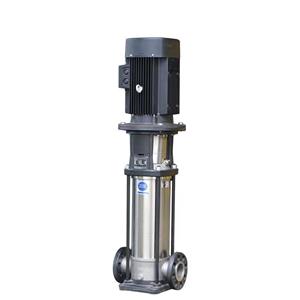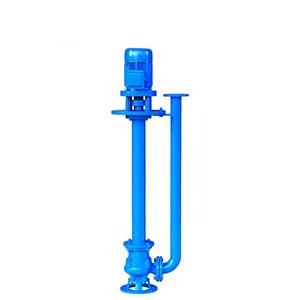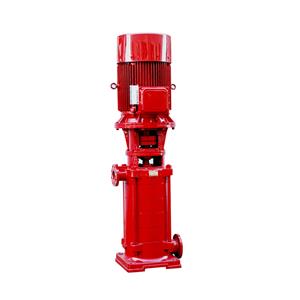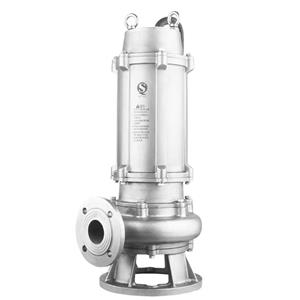-
As a common centrifugal pump, the self-priming pump has the advantages of compact structure, easy operation and stable operation. It is widely used in power, chemical, metallurgy, environmental protection and other industries. However, in the actual operation process, some self-priming pumps will have the problem of large sound and vibration, which not only affects the normal operation of the equipment, but also may cause noise pollution to the surrounding environment. Therefore, it is of great practical significance to study the causes and solutions of the large sound and vibration of the self-priming pump.
-
When selecting a water pump for a golf course irrigation system pump station, it is necessary to select the water pump based on the actual situation and needs of the golf course, combined with the performance characteristics, advantages and disadvantages of the water pump. At the same time, it is also necessary to calculate the required water pump flow, head and power parameters based on specific parameters to ensure that the water pump can meet the irrigation needs of the golf course.
-
The fire protection system is an important infrastructure to ensure the safety of the city, and the fire hydrant pump is an important part of the fire protection system. When a fire occurs, whether the fire hydrant pump can provide sufficient fire extinguishing water is directly related to the fire fighting effect and personnel safety. Therefore, the reasonable determination of the flow rate of the fire hydrant pump is of great significance to improving the fire fighting ability of the fire protection system and ensuring the safety of the city.
-
Pneumatic diaphragm pumps have an important position in the field of fluid transportation due to their simple structure, convenient operation, strong self-priming ability, strong corrosion resistance, etc. However, different industrial occasions have different performance requirements for pneumatic diaphragm pumps, so the reasonable selection of component materials has become the key.
-
Single screw pumps, with their unique structure and superior performance, have been widely used in many industries such as petrochemicals, environmental protection, food and medicine. However, with the increase of use time, the performance of single screw pumps will gradually decline, or even fail, thus shortening their service life. Therefore, studying how to extend the service life of single screw pumps is of great significance to improving equipment efficiency and reducing maintenance costs.
-
2905-2024
How to choose the right centrifugal pump
As an important equipment for industrial fluid transportation, the selection of centrifugal pumps is directly related to production efficiency and operating costs. The correct selection of centrifugal pumps can not only ensure the stable operation of the production process, but also effectively reduce energy consumption and maintenance costs. Therefore, this article will discuss how to correctly select a suitable centrifugal pump from the aspects of the working principle, selection principle, parameter calculation and practical application of centrifugal pumps.
-
In agricultural production, the rational use of water resources plays a decisive role in the growth and yield of crops. As a key equipment for farmland irrigation, the performance of agricultural water pumps directly affects the irrigation effect of farmland and the economic benefits of agricultural production. Therefore, how to reasonably select agricultural water pumps according to the actual situation of farmland and irrigation needs has become an urgent problem to be solved in agricultural production.
-
Water resources are an indispensable and important resource in agricultural production. With the growth of population and the acceleration of urbanization, agricultural water use is facing increasing pressure. Therefore, how to efficiently use water resources and improve agricultural water use efficiency has become an important issue in the development of modern agriculture. As the main equipment for farmland irrigation, the performance and application of agricultural water pumps are crucial to agricultural production.
-
The food industry has extremely high requirements for conveying equipment. It not only requires the equipment to be able to stably and efficiently convey food raw materials and finished products, but also must ensure the safety and hygiene of food during the conveying process. As a commonly used conveying equipment, single screw pumps have broad application prospects in the food industry. However, how to ensure the safe, hygienic and efficient operation of single screw pumps in the food industry is an important issue before us.
-
Single screw pumps are widely used in the papermaking industry due to their unique conveying characteristics and wide applicability. This article will discuss the correct selection of single screw pumps in the papermaking industry, aiming to help papermaking companies optimize equipment configuration and improve production efficiency.




